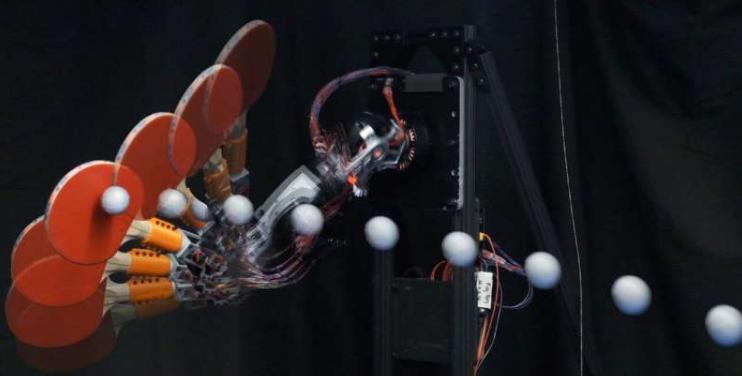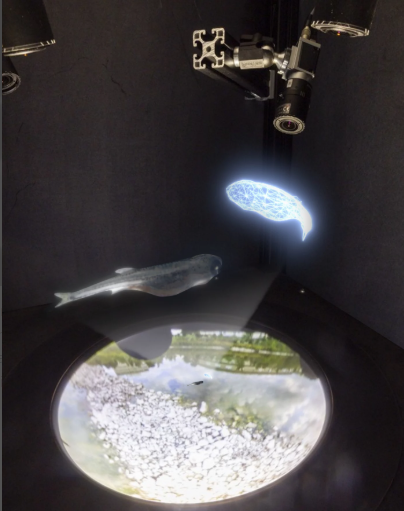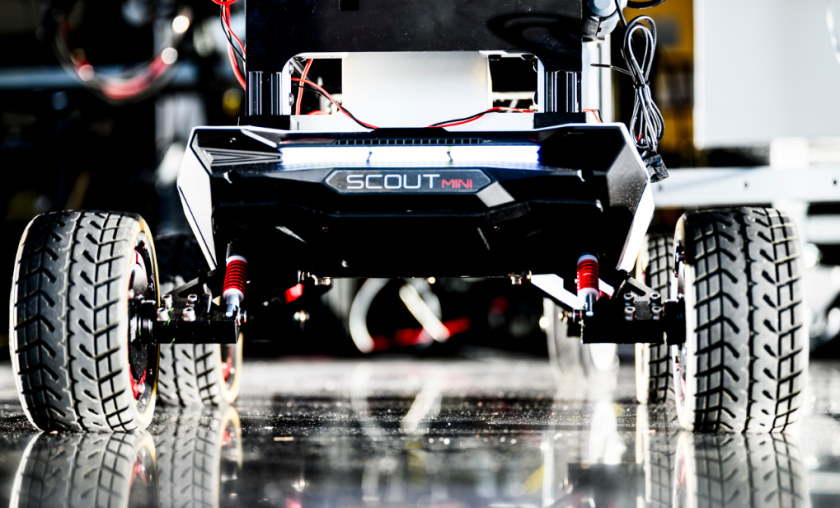Propelling robots in manned cosmonautics is one of the visions, which the scientists are working upon. After NASA’s R2, Russia is busy designing their Robonaut, the SAR-400. Within the next few years, we would be witnessing SAR-400 stepping into the ISS. Like R2, aim of SAR-400 too would be to solve repair and maintenance issues on the ISS.
Talking about the physical structures, both the bots are in form of a robotic torso with no legs of course making it easier to fix to a crane on the ISS.
NASA’s Robonaut 2
Robonaut 2 or R2 has been created in a humanoid form so that it can interact with crew with the same tools and workspace. Therefore, to design a system that will work very similar to humans became the priority of this project.
Secondly, R2 is successful in terms of dexterity. One of the main reasons that separate it from the other bots of the same class is the amount of dexterous motion it has. It can easily manipulate its fingers to grasp object like humans and can do tiny tasks with accuracy like manipulating table covers and picking up an envelope.
Thirdly, R2 is not positionally controlled robot, which means, users can take control of its joint stiffness which makes it work more like humans for instance pegging a hole without smashing the peg. The tasks would be done quicker and safer. It is because of this feature, the bot would work well in assembly activities. Plus, its flexibility will make it a safer companions for human crew who can avoid injury by stopping its motion without much force.
Russia’s SAR-400
On the other hand, Russia’s SAR-400 would be controlled remotely via head-mount display unit, a jacket and gloves. The sheath will relay communication back to the robot once worn by a human, hence, providing real time feedback. The machine will not be limited to ISS alone rather it might work outside as per the requirements.
SAR-400 usp is its ability to tactile reactions. It is because of its tactile awareness the controller – who is wearing the gloves – would be able to feel the tool touched/sensed by the bot. And similarly the operation would inform the controller incase the machine’s hand become stuck while undergoing repairs.
Dexterity
Dexterity is the main requirement in both the bots that the researchers are backing onto. Until now, both the projects seem successful in establishing the basic and the most important element in their respective machines, although the SAR-400 is still in its testing phase.
Along with the ability of lifting heavy objects, the machines would be required to work on small tasks requiring balance and precision. Now we just have to wait and follow the results.
Robotics and Manned Cosmonautics
Involvement of robotics in space stations would minimize the role of humans in the most dangerous operations like repairs, experiments, construction and maintenance. It would help humanity in enlarging its capabilities.
We have done tremendous progress technologically and so are in a position to assume that the future of manned cosmonautics is linked with the growth of designing new manned transport with a room and tasks exclusively for robots.
Introduction of machines within the crew would become the new life support systems, the lifeline of manned cosmonautics providing them safety in deep space as well as post flight rehabilitation.






[…] templates for the robots has to be different respectively. When we talked about the space robot, Robonaut 2, we saw that it had no legs, rather only torso and arms. There is no question of walking in space, […]
[…] which the researchers were working upon since a decade. The same happens to be the USP of robots in manned cosmonautics so […]